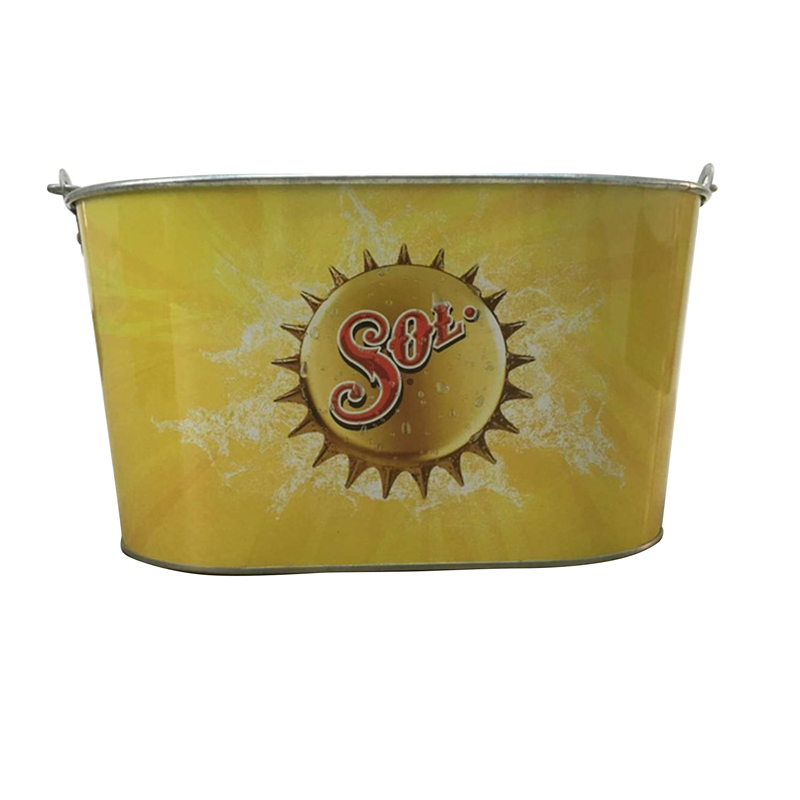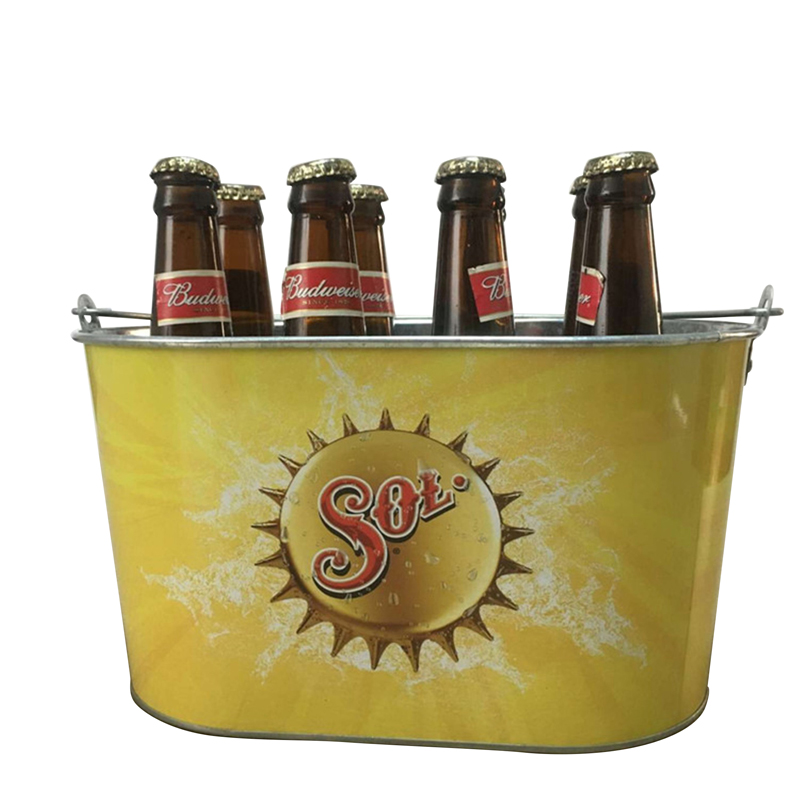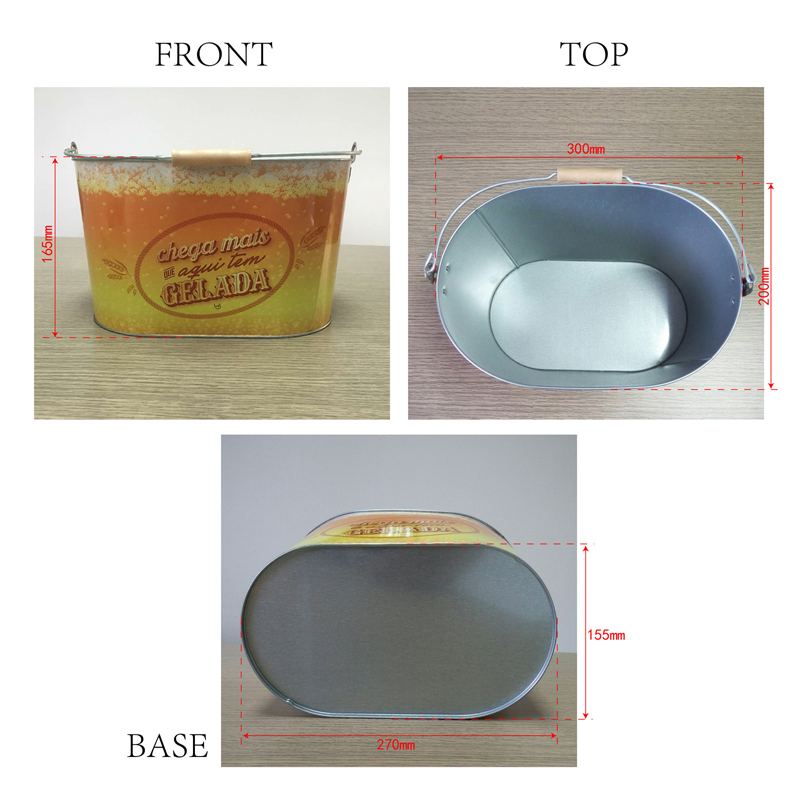Generally speaking, there are only two interactions between ink and substrate. One is the result we hope to have, such as good ink adhesion, abrasion resistance, durability, and color fastness. Sex, and printability, etc. On the contrary, it is an undesirable result. For the printing industry, especially the packaging and printing industry that uses a large number of different substrates, it is necessary to comprehensively consider the interaction of ink and substrates. We often say that the end user of a product determines the production and sales of the product, and packaging and printing is the initial link in this production and sales link. For packaging manufacturing, in addition to printing, there are other processes such as stamping, embossing, folding, and bonding that will also affect the initial choice of substrate and ink. The choice of substrates and inks should be discussed initially between the package designer and the end user. The content of the discussion included graphics, layout design and how to apply the box, handling, transportation, use, display, etc. The final quality of packaging products such as adhesion effect, abrasion resistance, etc. is determined by many factors, including the type and quality of ink, the choice of substrates and various factors of surface treatment methods. The question is how to meet all the requirements of end product users, and at the same time make the ink have the best effect on the substrate. For example, in food packaging, in order to prevent toxins from entering the food, edible ink is required. Different foods, inks and printing materials have different requirements. 1 Selection of ink The main reason for the inconsistency between substrates and inks is insufficient communication between designers, printers and ink suppliers. No matter which type of ink is selected, the first task is to ensure that the ink film can adhere to the substrate after drying or curing, and different inks should be selected according to different materials. When selecting substrates, both ink and coating should be considered. It should also have a clear understanding of the end use of the product. Outdoor use or indoor use; if it is related to food, you need to use the ink approved by the Food and Drug Administration; at the same time, you should also consider the operating cycle, budget and other factors. In general, the sooner the ink factor is taken into account, the more problems will be avoided during printing. 2 Ensure bonding Coated paper and non-porous plastic paper are more prone to ink adhesion problems. The efficiency of ink absorption, transfer and adhesion to different surfaces is determined by the surface energy of the ink and the target surface and its polar and non-polar composition. Problems with ink adhesion indicate that the substrate does not have sufficient surface energy. The surface energy of the substrate is lower than the surface tension of the ink, and the ink will not work. Non-porous substrates such as films and metal foils must change their surface energy in order for the ink to adhere. Plastic substrates can also be achieved by increasing the surface energy of the material. Corona treatment (corona treatment) is widely used for surface treatment of plastics, paper and metal foil to improve the adhesion of inks, paints, connecting agents and coatings. Corona treatment is performed on the printing material to change its surface activity, thereby improving the wetting performance of the ink on the surface of the plastic printing material, so that the plastic printing material after corona has good printing suitability. Traditional ink cannot be directly used for printing non-absorbent printing materials, because the solvent or other components in the ink will chemically react with the surface of the printing material and damage the printing material. For example, some inks can penetrate into the surface of some non-porous non-absorbent materials, causing expansion of the surface of the material, or forming water droplets to affect the adsorption effect. Fast curing UV ink can avoid these problems. Therefore, manufacturers often advise customers to use high-grade inks in difficult situations such as printing non-porous substrates. [next] 3 UV printing The function of coating is to increase the durability of printed products. The UV coating of chemical-resistant products can not only greatly increase the wear resistance of the product, but also greatly increase the aesthetic effect of the product, increase the added value of the product, and achieve the role of promotion and communication of product information. UV ink and UV coating, so-called UV printing, are suitable for printing absorptive and non-absorbent materials and other special materials due to their special drying method, and the printing effect Excellent and stable printing performance, which is getting more and more applications in the packaging industry. Its process is this: the specially made ink is quickly cured on the surface of the substrate through the instant photochemical reaction under the ultraviolet radiation of a certain wavelength. In this way, even on soft materials, you can get a high-quality, smooth, vivid and wear-resistant coating. In addition, UV ink can also prevent the ink from peeling, which solves the worries of the offset press when it is shut down; it does not require powder spraying during printing, which improves the printing environment. Finally, communication and cooperation in different links are essential for packaging and printing. Good communication and detailed and clear division of labor between each participating department are the best ways to avoid problems and increase efficiency.
There are various kinds of handles for 10QT ice buckets,
including inner handles, fixed handles, flexible handles and wooden handles,
etc. The color of the oval ice barrel is bright and colorful, and can be
applied to creative bars, beverage shop.
Description of the 10QT ice bucket:
Name:10QT Ice Bucket
Spec:Φ300×Φ200/Φ270mm×Φ155mm×165mm
Material: galvanized iron
Note: can hold 8 beer bottles of 355ml
Fields of applications: bar, party, hotel, home, outdoor activity
1.Are you factory ?
Yes. A professional Ice Bucket and Tin Tray manufacture.
2.Are your products the lowest prices ?
EXW, the same quality, we are much cheaper than other suppliers.
3.Can we customized product ?
Yes, Tailor-made tooling for your own design is welcome.
4.What is the transportation ?
If small quantity, we suggest that sent by Courier, If large amount, by
shipping.
5.If goods are damaged in transit, how to do ?
Products are inspected strictly before shipping, if damage, they can be
replaced .
10QT Ice Bucket 10Qt Ice Bucket,Stainless Steel Ice Bucket,Led Ice Bucket,Metal Tin Ice Bucket True & Bright Metal Packaging Co.,Ltd.KaiPing , https://www.tnbcan.com



Interaction of ink and substrate
Next Article
PH test paper / pH test strips